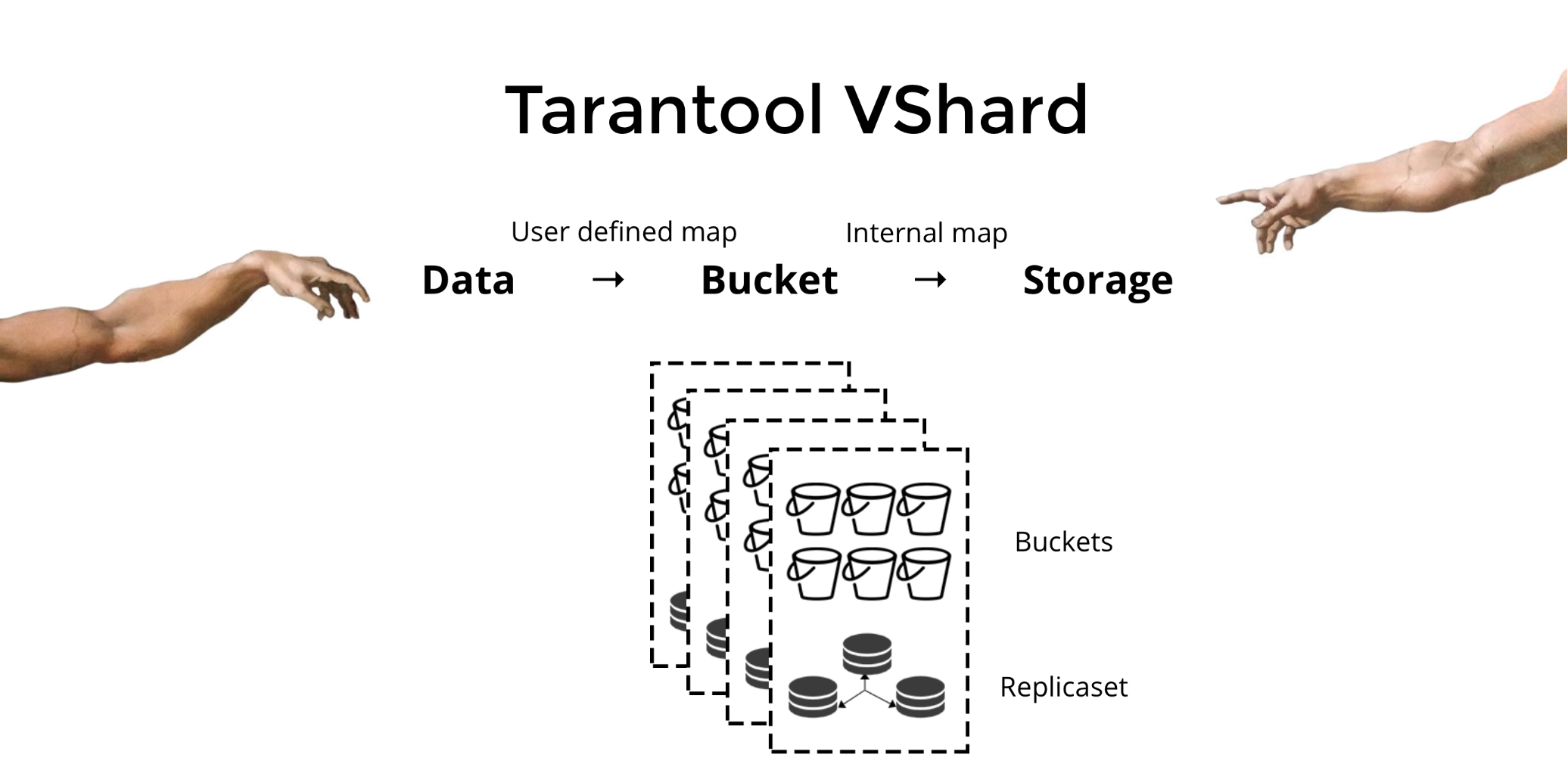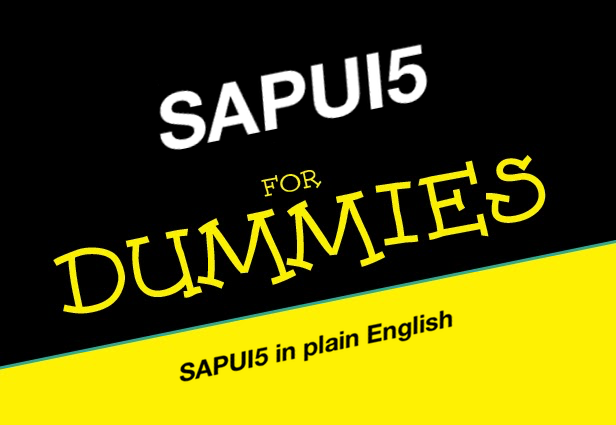Discovering git vendor extension.
Cross-post from my medium blog: https://medium.com/opsops/git-vendor-295db4bcec3a
I would like to introduce the proper way to handle vendoring of git repositories.
What is is ‘vendoring’?
Vendoring is a way to integrate other’s work into your own. It’s the opposite of ‘linking’ against third-party library. Instead of having that library as a dependency, application uses this library as a part of own source code and keep that code ‘inside’ itself.
Normally, vendoring is done by language tooling: bundler, cargo, pip, etc. But sometimes you need to vendor something not covered by any existing toolset, or something multi-language, that it’s impossible to find the ‘core’ language tool for that.
The solution for this situation is vendoring on a git level. You have your own git repository (I call it ‘destination repo’), and you want to incorporate some other repository (I call it ‘source repo’) as a directory into your (destination repo).
The things you expect from a well-designed vendoring system (regardless of Git it is or not):
- Visibility. You want to know that some code is vendored, means it wasn’t written by committer.









 This chapter was translated from Russian jointly by author and by
This chapter was translated from Russian jointly by author and by 








